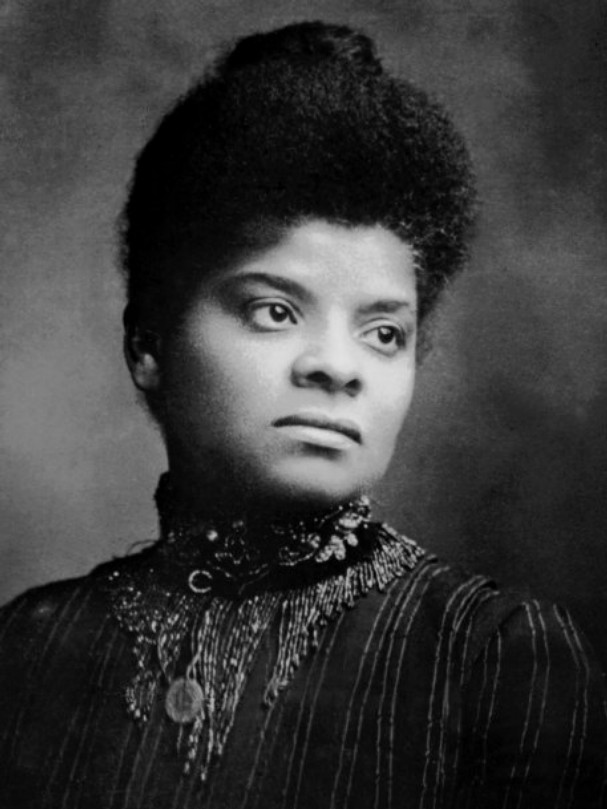SJW Day One: Multimedia day
GOING BACK INTO TIME: Ida B. Wells-Barnett was an African-American investigative journalist, educator, and an early leader in the civil rights movement. She was also one of the founders of the NAACP.
Jour·nal·ism
/ˈjərnlˌizəm/
Noun
The activity or profession of writing for newspapers, magazines or news websites or preparing news to be broadcast.
Feb. 24-28 is Scholastic Journalism Week (SJW), a time when students across America and around the world bring visibility to our school publications and staff.
Today we examine the history of Journalism.
Journalism has had a varied history, however it progressed rapidly in the 1600s when the printing press was created in Germany. Shortly after, newspapers and other media began to flood the streets, which began to keep the public educated on the events happening all around them.
One of the earliest forms of journalism was political pamphlets. The first periodical, published in 1655, was called the Oxford Gazette, and was said to have “inhabited all of the qualifications needed in a newspaper.”
In the late 1600s, people began to question press freedom. Laws such as the Stamp Act of 1712 were created, which prevented treason, the reporting of parliamentary actions, and rebellious slander. The government began to frown upon the increased production of newspapers and magazines, so much that they began to try placing taxes on them.
The Stamp Act was implemented in the United Kingdom on Aug. 1, 1712 to create a new tax on publishers particularly of newspapers. The initial assessed rate of tax was one penny per whole newspaper sheet, a half penny for a half sheet, and one shilling per advertisement contained within.
During the American Civil War, war correspondents began working for newspapers. Because telegraphs were so expensive to send, writing had to be created in shorter forms. This helped lead to the development of wire services, news agencies that produced and distributed news by telegraph, the Associated Press becoming one of the first.
Later, radio and television stations were created. By the 21st century, the growth of the internet had an impact on the journalism world as a source of free news, and major newspapers saw troubling financial times. Large publications decided to end print editions and go to solely online for small subscription fees. Other companies decided to try hybrid publishing, where they would print some hard copy editions and the rest would be available on the Internet.



Kyra Carty • Apr 22, 2024 at 7:04 pm
When talking about the history of journalism, people tend to focus on the 1900s, I love how this article is focused on journalism in the 17th and 18th centuries. This article is very informative, before reading I never knew that the earliest forms of journalism were political. I love to see how the trajectory of journalism has evolved from political pamphlets to a large array of categories Including economics, entertainment, local or international news, etc.
Brianna Moneus • Apr 22, 2024 at 6:58 pm
This was a good feature of SJW, I think it was well written and it described the history of journalism from the beginning to how it is now.
Fritz Adonai Desire • Apr 18, 2024 at 11:27 pm
This is a good article talking about the history of journalism.
La'Niyah Thorpe • Apr 18, 2024 at 10:30 pm
This article gives great details about Journalism and where it comes from. Some students don’t know so it gives readers a chance to be more informed in case they want to pursue that route. It also informs the,m about the different types of journalism.
Jean Charles • Apr 18, 2024 at 9:37 pm
This story provided me with a whole new perspective on the history of Journalism. And how far its roots really go!
aidan • Apr 18, 2024 at 8:37 pm
I would say this is a very good way to show the evolution and how we have come so far and how lucky we are to have access to this
guervens • Apr 18, 2024 at 3:03 pm
this is a very interesting view of journalism history it’s amazing to see how it evolved from political pamphlets to modern-day news source